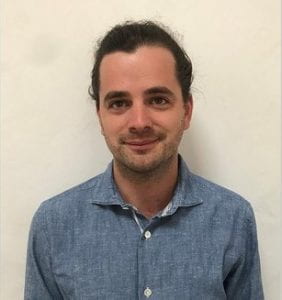 Crowding, Neural Networks and the Architecture of the Visual System
Crowding, Neural Networks and the Architecture of the Visual System
Adrien Doerig | Laboratory of Psychophysics, Brain Mind Institute, EPFL, Switzerland
Thursday 28 May 2020 at 13:00 | Online Seminar
Join via Zoom
Classically, vision is seen as a cascade of local, feedforward computations. This framework has been tremendously successful, inspiring a wide range of ground-breaking findings in neuroscience and computer vision. Recently, feedforward Convolutional Neural Networks (ffCNNs), inspired by this classic framework, have revolutionized computer vision and been adopted as tools in neuroscience. However, despite these successes, there is much more to vision. I will present our work using visual crowding and related psychophysical effects as probes into visual processes that go beyond the classic framework. In crowding, perception of a target deteriorates in clutter. We focus on global aspects of crowding, in which perception of a small target is strongly modulated by the global configuration of elements across the visual field. We show that models based on the classic framework, including ffCNNs, cannot explain these effects for principled reasons and identify recurrent grouping and segmentation as a key missing ingredient. Then, we show that capsule networks, a recent kind of deep learning architecture combining the power of ffCNNs with recurrent grouping and segmentation, naturally explain these effects. We provide psychophysical evidence that humans indeed use a similar recurrent grouping and segmentation strategy in global crowding effects. In crowding, visual elements interfere across space. To study how elements interfere over time, we use the Sequential Metacontrast psychophysical paradigm, in which perception of visual elements depends on elements presented hundreds of milliseconds later. We psychophysically characterize the temporal structure of this interference and propose a simple computational model. Our results support the idea that perception is a discrete process. Together, the results presented here provide stepping-stones towards a fuller understanding of the visual system by suggesting architectural changes needed for more human-like neural computations.